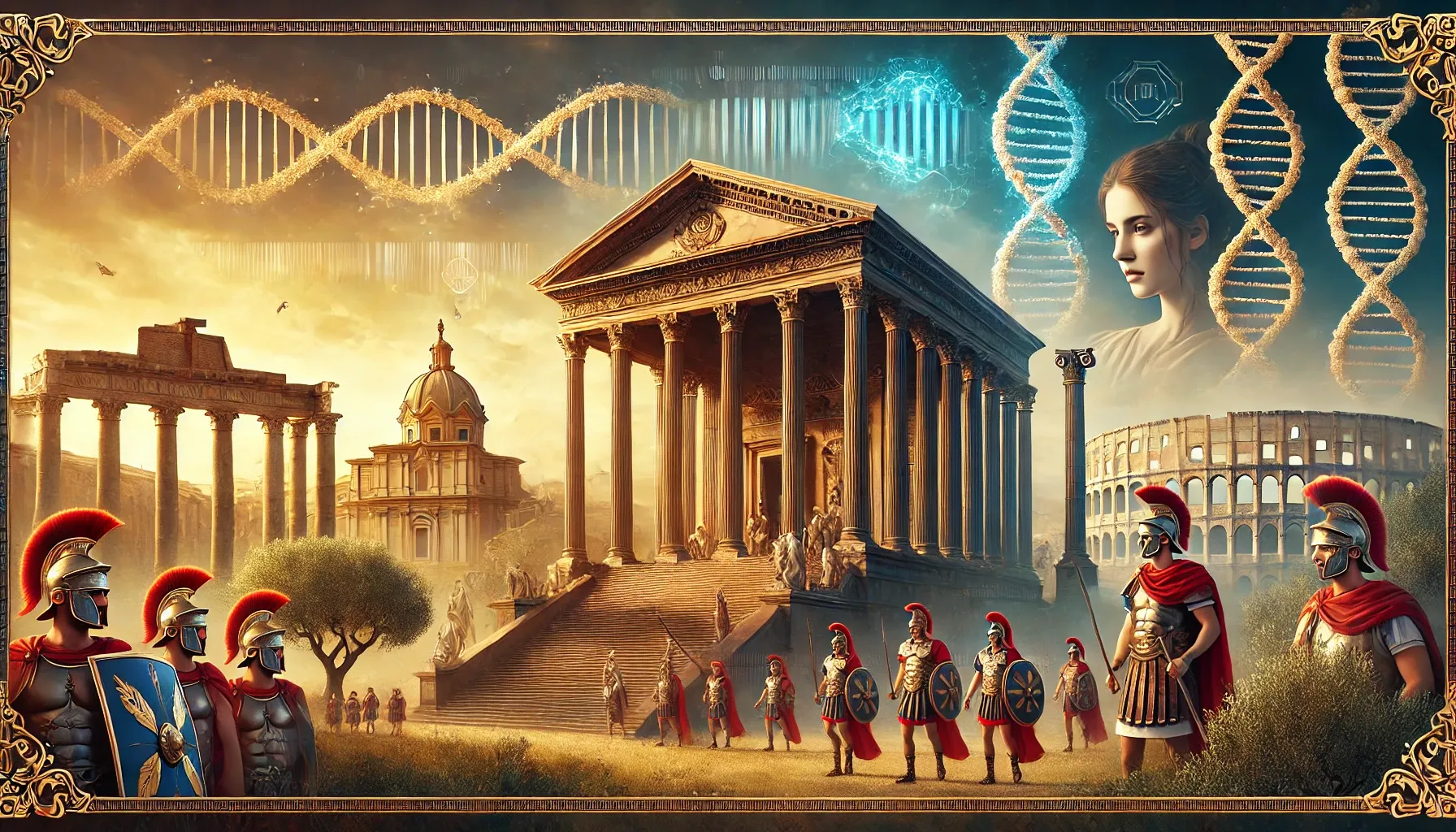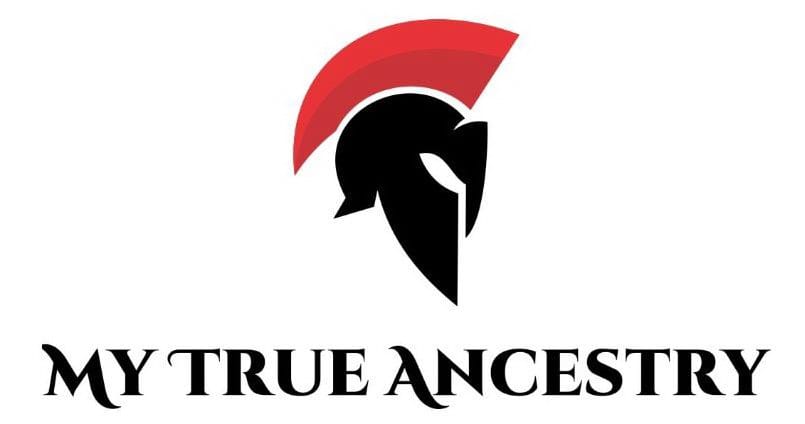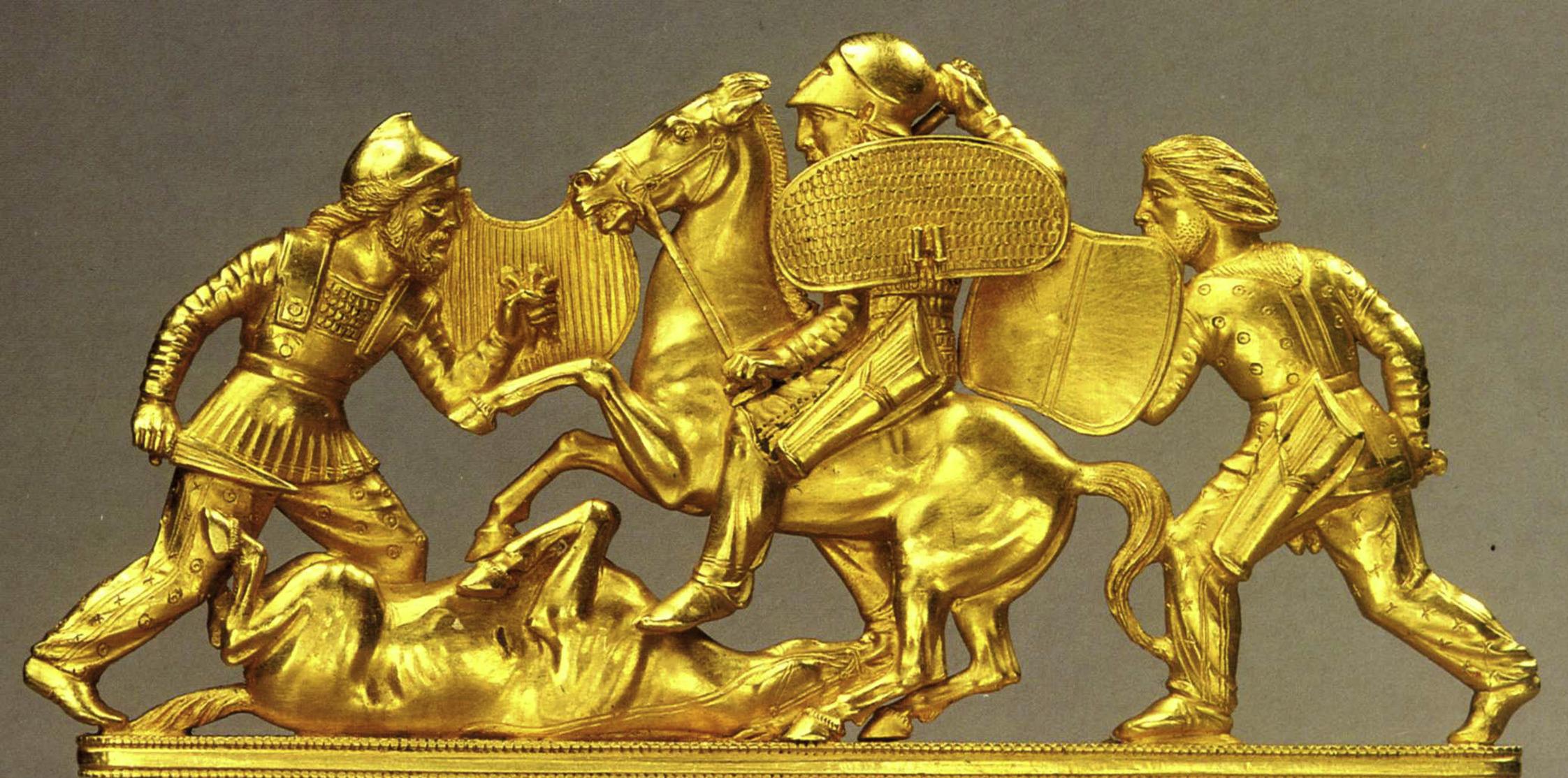Genetic Origins of Scythians: An Archaeogenetic Odyssey




In a scientific odyssey that unravels the enigma of the Scythians' genetic footprint, researchers including Tatiana V. Andreeva et al. have embarked on a thrilling expedition into the heart of ancient Scythia, a realm once mythically detailed by the Greek historian Herodotus. Stretching from the northern Black Sea coast to the Middle Don, Great Scythia once played a pivotal role in molding the Iron Age's political and cultural landscape.
The Scythians, renowned as formidable nomads of the Eurasian steppe, left a rich archaeological tapestry that provides a window into their cultural magnificence. These ancient peoples, who dominated the vast steppes from the 7th to the 3rd century BCE, created a legacy that continues to fascinate historians, archaeologists, and geneticists alike. Their territory extended across an enormous expanse, encompassing regions from the northern Black Sea to the Middle Don, creating what ancient sources referred to as Great Scythia.
Scythian burials stand as silent sentinels of their era, representing a treasure trove for archaeogenetic studies. These magnificent burial mounds, or kurgans, are brimming with the distinctive "Scythian triad": animal-style adorned artifacts, intricate weapons like composite bows, and elaborately ornate horse harnesses. These characteristic elements transport us back to the Scythian Era, where the horizon was dotted with burial mounds housing chieftains and warriors whose stories are etched in the sands of time.
The burial sites, often distinguished by majestic mounds, are replete with grave goods that echo the Scythians' artistic grandeur. Inside these mounds, archaeologists have uncovered artifacts that reflect the "animal style" art characteristic of the Scythians, vivid representations cast on golden plaques, weapons, and horse harnesses. Such discoveries narrate tales of the Scythians' warrior ethos and their interconnectedness through shared cultural elements across Europe, Siberia, and Western Asia.
Particularly fascinating are the burial sites linked to Scythian elites, indicating a society steeped in hierarchy and replete with ties of kinship. The tomb at Devitsa V, with its gold-laden ceremonial pieces, is not merely a burial ground; it serves as an archaeological testament to the power and reverence the Scythians had for their leaders, perhaps even priestesses. These ornate burials, adorned with gold calathus and ceremonial headdresses, whisper stories of a people defined by ritual and reverence.
The genomes sequenced from 131 ancient individuals, from sites like the burial mounds at Kolbino I, Devitsa V, and Crimea, breathe life into our understanding of Scythian society. Among these, elite individuals such as Dev1, who wore a gold ceremonial headdress indicative of priestly stature, and DS93, whose artifacts reflected divine affiliations, stood testament to the power and piety that permeated Scythian societal structure.
Recent genomic studies have shed light on the genetic composition of these ancient nomads, revealing a fascinating story of ancestry and migration. By analyzing DNA from their remains, scientists have uncovered the diverse origins of the Scythians, who boasted major ancestral components from European Bronze Age civilizations. This genetic tapestry reveals intriguing migrations and interconnections, suggesting a society that was as complex as it was diverse.
The comprehensive analysis of ancient Scythian genomes, extracted from burial sites dating from the 7th century BCE to the 1st century CE, presents a captivating story of migration and ancestry. The results reveal a rich, interwoven past, with the Scythians exhibiting a genetic mosaic derived from European Bronze Age lineages with traces of ancient populations from Siberia and Eastern Asia.
Through the intricate web of DNA, a story unfolds of European Bronze Age ancestry interwoven with intriguing migratory patterns. Evidence emerges of a Scythian society that practiced endogamy, particularly within elite circles. Yet, the genetic canvas is vibrant with migrations—from the European steppes to whispers of Asian origins, reflected in some members of these nomadic peoples.
The study uncovers intriguing details about Scythian social structures, with substantial evidence pointing to endogamy within elite circles. Pedigrees drawn from Middle Don burials reveal close familial links among individuals, weaving a story of a closely-knit Scythian clan guided by patrilineal ties. This interconnected social web demonstrates the complex kinship networks that bound Scythian society together.
Genetically, Scythians appear on a spectrum of nomadic diversity, woven together through ancestry drawn from different Bronze Age European populations. The genetic analysis reveals specific individuals whose distinct phenotypic traits help unravel longstanding myths surrounding their appearance, from hair colors to predispositions toward certain dietary preferences.
This genetic exploration not only paints a picture of Scythian ancestry but also provides a glimpse into their lived reality. A notable finding is a genetic mutation leading to fructose intolerance—a condition that echoes across millennia into modern European populations. Coupled with isotopic analyses suggesting a diet heavy in meat and C4 plants, this lends credence to historical accounts of the Scythian lifestyle as recounted by ancient Greeks.
Characterized by striking physical features described in ancient writings—bronze skin and fiery red hair—the Scythians left an indelible mark on history. Genomic investigations revealed the presence of a genetic variant connected to fructose intolerance, a condition surprisingly widespread among modern Europeans that likely influenced the traditional Scythian diet, which favored meat and dairy over fruits and honey.
The study further captivates by spotlighting this unique genetic trait among the Scythians: the mutation influencing fructose metabolism has traveled through time, becoming prevalent in contemporary European populations. This genetic signature paints a vibrant picture of how diet and genetics interplayed in these ancient communities, revealing insights into their daily life and dietary adaptations.
Scythian burials in places like Crimea, the North Pontic region, and pre-Caucasian steppes offer rich insights into cultural interactions and influences across regions. These sites suggest a cultural mosaic where Scythian material culture intersected with varied local traditions, highlighting the Scythians' role as both influencers and integrators in the cultural landscape of ancient Eurasia.
Recent excavations across ancient Scythian territories, from the Middle Don to the pre-Caucasian steppes, have provided an abundance of archaeological material for genetic analysis. Iconic burial sites, marked by distinct Scythian animal-style artifacts, ornate gold headdresses, and composite weapons, offer glimpses into their world. These grave goods highlight the presence of elite Scythians who held significant social status within their communities.
Beyond their historical disappearance, the genetic essence of the Scythians remains woven into the fabric of modern European genomes, particularly among Eastern Baltic and Northwestern Russian populations. This genetic legacy echoes the travels and tribulations of these ancient peoples across the ages, creating connections that span millennia.
Although the Scythian era subsided in the early 3rd century BCE, their genetic legacy endures. The Scythians' DNA adds texture to the European lineage, with connections stretching across time yet coalescing vividly in regions like Crimea and the North Pontic steppe. For centuries, Scythian genes have woven into the tapestry of nations, echoing in the blood of modern Baltic and Russian peoples.
The genetic imprint of these ancient nomads is largely found among northern European populations today, offering tantalizing connections to shared heritage that traversed ancient steppe paths and modern European landscapes. This melding of science and history reminds us that we too are part of an ongoing story, influenced by wanderings across the expanse of time and space.
Comments